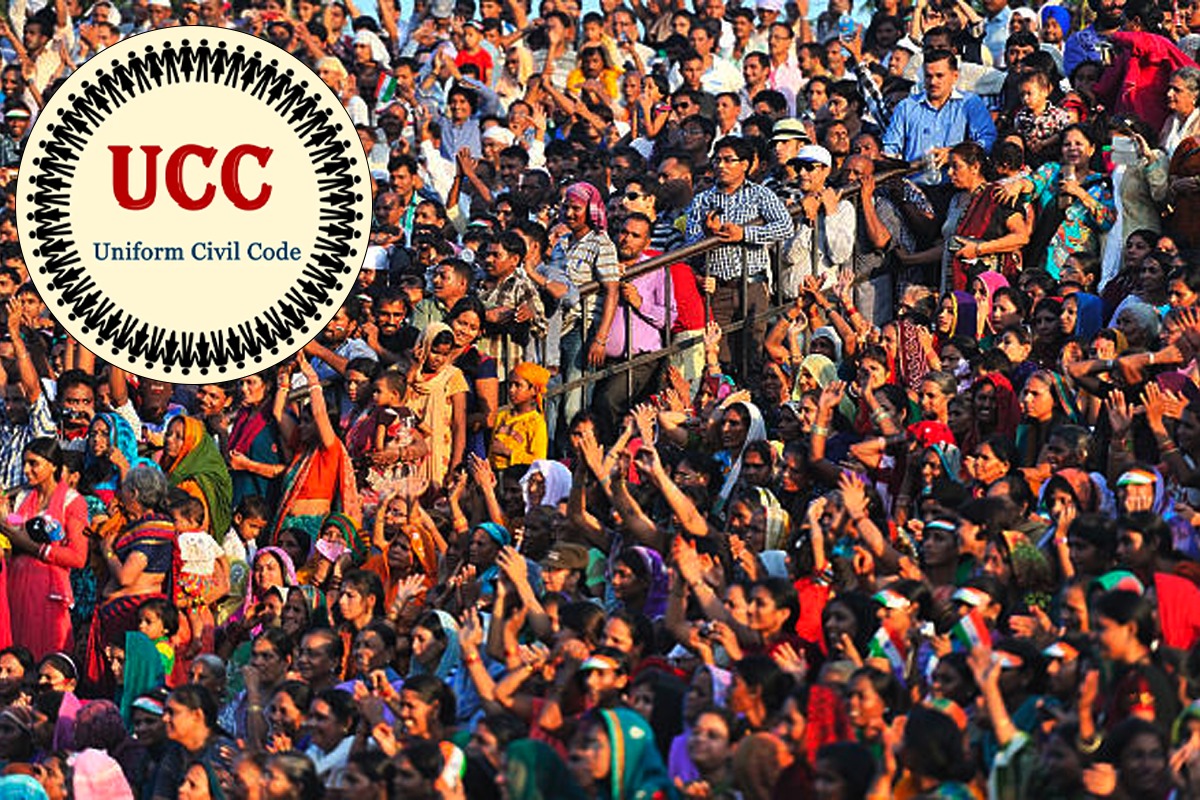

It’s the state which is responsible for the popularity of live-in amongst the youth rather than the influence of the West.

The passing of the Uniform Civil Code of Uttarakhand, 2024 by the state reiterates that regulation of marriage is a critical legislative subject in India in present times. Plato, reflecting Socrates’s views, in The Republic says: ‘Sex would be a sin either for mating or for anything else in a truly happy society to take place without regulation…so we must arrange for marriage and make it as sacred an affair as we can. And a sacred marriage produces the most beneficial results.
First, let’s delve into the first proposition, that is, state regulation. The state has enforced the theory of one nation one law at the federal level by passing this Bill, meaning thereby that religion will not be a factor in governing marriage and inheritance in the state. Chapters on marriage and succession are very much as anticipated. What is unforeseen is Part 3 which is legislation on live-in relationships. So far, live-in relationships have been accorded legal sanction by court-made legislation like Khushboo Vs Kanniammal (2010), D Velusamy Vs D Patchaimmal (2010) and Indra Sarma Vs VKV Sarma (2013). Uttarakhand becomes the first state to regulate live-in relationships. The Bill expressly deals with live-in relationships and makes it mandatory to register such relationships in the state. A statement of termination to be submitted to the state and served upon the other partner is also mandatory under the law.
What is intriguing is what made a state governed by the BJP, reputed for practising and promoting Sanatan culture, come up with provisions like this. Well, the factum of the relevant provisions officially acknowledges the fact that marriage as an institution is decaying in the country.
Comparative study of marriage and live-in according to the Bill:
Section 379 of the Bill reads: Any child of a live-in relationship shall be a legitimate child of the couple. This brings live-in at a great par with marriage.
Section 388 entitles a woman deserted by her live-in partner to maintenance mutatis mutandis to maintenance to a spouse under Section 33.
Section 3 (4) (b) defines a live-in relationship as a partnership between a man and woman, depriving same-sex couples of the benefits of these provisions.
Section 384 provides for termination of live-in at the will of one partner while marriage leaves the aggrieved spouse at the mercy of the other spouse.
Live-in a byproduct of disproportionate state regulation of marriage:
Culture is organic and evolves with time. The state over time failed to acknowledge this. India incorporated the provision of divorce into Hindu marriage in 1955. Since then jurisprudence of divorce has evolved a lot, but the grant of divorce remains at the “Hindu Growth Rate”. Couples lament the present approach and pace and say that divorce shall be made easy and fast. To this State and courts argue that marriage is a cultural subject of Indian society and needs to be preserved.
This is where Socrates’s second proposition that ‘A sacred marriage produces the most beneficial results’ comes in handy. The state and judiciary must deliberate why the new generation doesn’t find the most beneficial results in marriage as it is regulated by the state today. Marriage in India today is more favourable to women than men. Rampant misuse of dowry harassment and domestic violence laws has caught the eye of Supreme Court umpteen times. This pushes men to live-in which mitigates their “disadvantages” should the communion go wrong.
A person spends most of his life span with the spouse rather than with parents and children and hence marriage remains the most important relationship of his life. Where no meeting of minds happens, marriage becomes the prime cause of unhappiness in life and an unhappy marriage helps none, neither the couple nor the children and not the state eventually. We must empathize with people seeking divorce rather than calling them products of West imitation. Divorcees doing well in their second marriage are not an anomaly. Men are capable of knowing their good and bad better than the state and courts. While marriage binds them, live-in is based on bonding. In a nutshell, it’s the state which is responsible for the popularity of live-in amongst the youth rather than the influence of the West. Swami Vivekanand had said: Relationships are more important than life, but those relationships need to have life in them.
State and courts must loosen their grip over marriage to preserve it. Further, tight regulation over live-ins will create an equally conflictive system as marriage and serve no purpose. As a society progresses, individual interest overrides societal norms. Marriage is a beautiful institution when it is happy, and worst when it is not.
(The writer is a Delhi-based lawyer.) Her X handle is: @SeemaSindhu